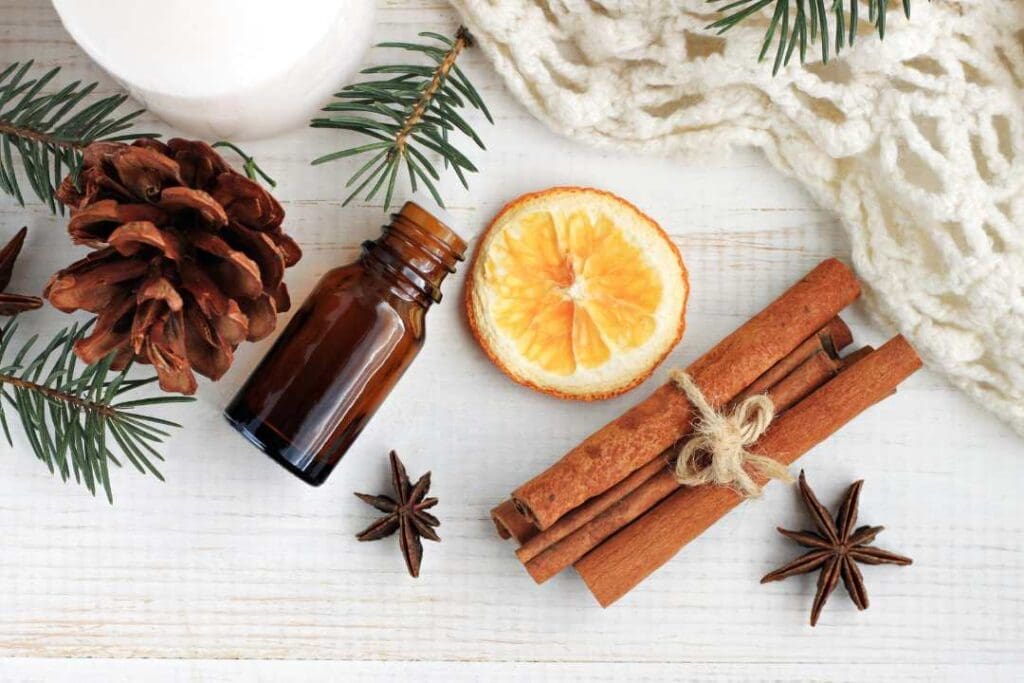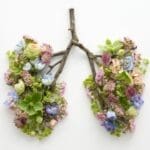Most people never think twice about the products they use to freshen their homes or scent their skin. Yet, behind those pleasant aromas lies a hidden cocktail of chemicals that could be silently harming your health. Synthetic fragrances, often labeled as “Fragrance” or “Parfum,” are more than just a marketing tool—they’re a serious threat that can disrupt hormones, affect fertility, and contribute to chronic health problems. It’s time to uncover the truth about what you’re really exposing yourself to every day.
The Dark Side of Synthetic Fragrance
The term “fragrance” on product labels is a deceptive loophole hiding a chemical cocktail of endocrine disruptors. Companies legally hide dozens, even hundreds, of harmful substances behind the word “fragrance,” and they aren’t obligated to disclose any of them. This lack of transparency is putting your health at risk every single day.
Common Chemicals in Fragrance and Their Alarming Effects:
- Phthalates: Used to make scents last longer, these chemicals are known to wreak havoc on the endocrine system. They’re directly linked to hormone disruption, reduced sperm count, reproductive issues, and even birth defects.
- Parabens: These preservatives mimic estrogen in the body, throwing off hormonal balance and increasing the risk of breast cancer, infertility, and developmental disorders.
- Synthetic Musks: Found in perfumes and detergents, these compounds accumulate in fat tissue and disrupt hormone function. Worse, they can cross the placenta, affecting unborn babies.
- Benzophenone: Used to stabilize fragrances, benzophenone is linked to endocrine disruption and reproductive toxicity. It’s been shown to alter thyroid function, leading to weight gain and mood disorders.
How Fragrance Is Silently Destroying Your Hormonal Health
You might think a spritz of perfume or a lit candle is harmless, but every inhale and every bit absorbed through your skin is another hit to your health. Here’s what synthetic fragrances are doing to your body:
- Thyroid Dysfunction: Fragrance chemicals can suppress thyroid hormone production, leading to fatigue, unexplained weight gain, and even depression.
- Estrogen Overload: Many fragrance ingredients mimic estrogen, causing hormonal imbalances in both men and women. This can lead to mood swings, weight gain, irregular periods, and reproductive problems.
- Testosterone Suppression: Men exposed to fragrance chemicals may suffer from lower testosterone levels, which can kill libido, drain energy, and reduce muscle mass.
Everyday Products That Are Slowly Poisoning You
Synthetic fragrances are everywhere, and avoiding them requires serious effort. These products are likely exposing you to harmful chemicals daily:
- Perfumes and colognes
- Candles and air fresheners
- Laundry detergents and fabric softeners
- Body washes, lotions, and shampoos
- Cleaning products and disinfectant sprays
How to Spot Hidden Fragrance
Even if “Fragrance” or “Parfum” isn’t explicitly listed, scent chemicals can sneak in under other names. Look out for:
- Aroma
- Perfume
- Natural Fragrance: This may sound safe but often includes synthetic or undisclosed ingredients.
- Essential Oil Blend: Unless labeled 100% pure, it may contain synthetic additives.
- Masking Fragrance: Used in “unscented” products to hide unpleasant odors.
Tips to Identify Hidden Fragrances:
- Check for Certifications: Look for products certified as “fragrance-free” by trusted organizations like the Environmental Working Group (EWG) or Allergy Certified.
- Research Ingredient Lists: Avoid vague terms like “proprietary blend,” which often hide fragrance components.
- Beware of “Natural” and “Clean” Claims: These words are often marketing terms and don’t guarantee a product is free from synthetic fragrance unless backed by a transparent label.
- Avoid Products with No Full Disclosure: Brands that don’t fully disclose ingredients are more likely to use hidden fragrances.
Safer Alternatives to Protect Your Hormones
If you think switching to “natural” products with fragrance is enough—think again. Greenwashing is real, and many products labeled as “natural” still contain synthetic chemicals. Here’s how to truly detox your home and body:
- Learn to Read Labels: Always check the ingredient list for hidden chemicals. Avoid products that simply list “fragrance” or “parfum” without disclosing specific ingredients.
- Essential Oil Diffusers: Ditch toxic candles and air fresheners. Use diffusers with high-quality, pure essential oils. A great option is the Plant Therapy Lavender Essential Oil for a calming, natural scent.
- Go Fragrance-Free: Look for products labeled “fragrance-free,” which means no added scents. Watch out for “unscented,” as these can still contain masking fragrances. Try This: Fragrance-Free Laundry Detergent
- Beeswax Candles: Choose candles scented only with essential oils, not synthetic additives. Beeswax burns cleaner, doesn’t release harmful toxins like toluene and benzene (common in paraffin candles), and is free from hormone-disrupting compounds. They’re a healthier and environmentally friendly way to enjoy cozy lighting. Try this Beeswax Candle for a toxin-free alternative.
- DIY Room Sprays: Mix distilled water with pure essential oils for a safe, natural alternative to chemical-laden sprays. For example, blend water with Plant Therapy Lemon Essential Oil for a fresh, uplifting scent.

Wake Up and Protect Your Health
The unfortunate truth is that companies prioritize profits over your well-being, and synthetic fragrances are a prime example of this. But you don’t have to accept this. By becoming an informed consumer, you can take control of what enters your home and touches your skin. Start by reading labels, questioning marketing claims, and swapping out toxic products for cleaner alternatives.
Your hormones are the foundation of your energy, mood, and overall health. Don’t let a candle, air freshener, or bottle of lotion compromise that. Protect yourself and your loved ones by making the switch today—because your body deserves better.













